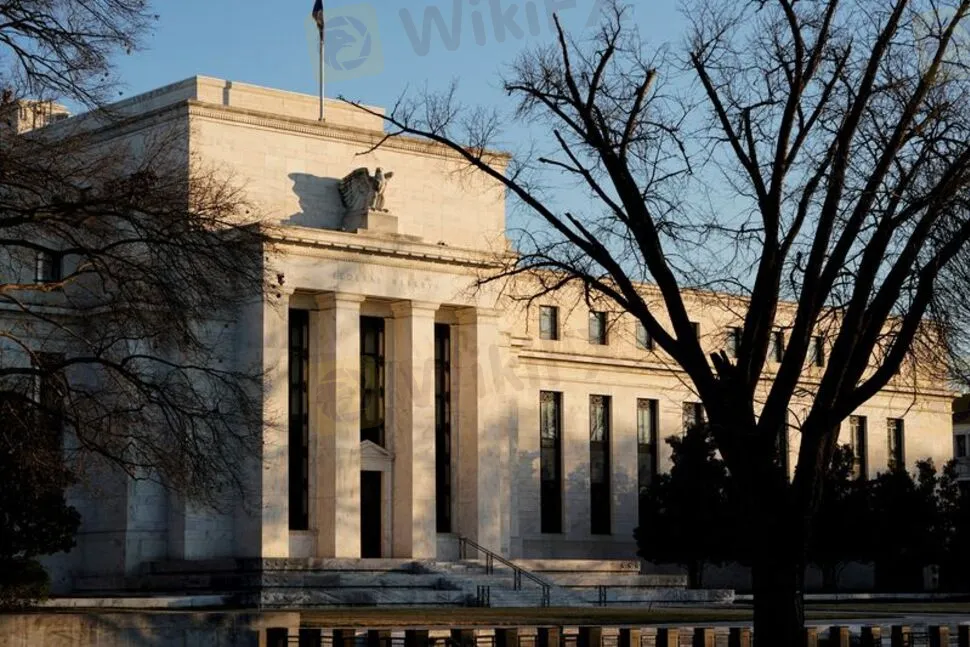简体中文
繁體中文
English
Pусский
日本語
ภาษาไทย
Tiếng Việt
Bahasa Indonesia
Español
हिन्दी
Filippiiniläinen
Français
Deutsch
Português
Türkçe
한국어
العربية
Bank of America Says It Sees Seven Fed Rate Hikes This Year
Abstract:Bank of America economists said on Friday that they expect the Federal Reserve to hike rates by 25 basis points seven times this year, beginning in March, adopting one of the most aggressive views on Fed tightening among major banks.

Bank of America economists said on Friday that they expect the Federal Reserve to hike rates by 25 basis points seven times this year, beginning in March, adopting one of the most aggressive views on Fed tightening among major banks.
Economists have scrambled to update rate hike expectations since the Fed on Wednesday said it was likely to hike interest rates in March and reaffirmed plans to end its bond purchases that month in what its chief Jerome Powell pledged will be a sustained battle to tame inflation.
“The Fed has all but admitted that it is seriously behind the curve,” the Bank of America economists said in a report, adding that the aggressive tightening “should affect the economy with a lag, weighing on 2023 growth.”
Other banks have also increased their expectations on rate hikes. For example, Deutsche Bank expects five increases this year, TD Securities sees four, and BNP Paribas forecasts as many as six.
Fed funds futures traders are pricing in almost five interest rate increases by year-end, with four likely by September.
Bank of America raised its 2022 fourth quarter forecast on the core personal consumption expenditures (PCE) index to 3.0%, from 2.6%, saying that “an even faster-than-expected drop in unemployment and longer-than-expected supply disruptions mean more inflation.”
It also cut its 2022 U.S. economic growth forecast to 3.6%, from 4.0%, noting that “a combination of supply and demand factors points to weaker growth this year.”
Bank of America said it now expects a peak fed funds rate of 2.75% to 3.0%.
For more blockchain news, please download WikiBit - the Global Blockchain Regulatory Inquiry APP.

Disclaimer:
The views in this article only represent the author's personal views, and do not constitute investment advice on this platform. This platform does not guarantee the accuracy, completeness and timeliness of the information in the article, and will not be liable for any loss caused by the use of or reliance on the information in the article.
Read more

Inflation is Here—How Will It Hit Stocks, Forex, Crypto, and Commodities?
Inflation is a force that ripples through every corner of the financial world, reshaping investment landscapes, shifting market sentiment, and altering the trajectory of economies. From Wall Street to the foreign exchange market, from digital assets to raw materials, inflation's impact is far-reaching. Traders who fail to understand its influence risk being caught off guard, while those who adapt can seize profitable opportunities.

Oil Prices at $90 to $100 Could Push Philippines Inflation Beyond Target
Rising oil prices at $90 to $100 per barrel may push Philippines inflation above the 2-4% target in 2025-2026, impacting food, transport, and electricity costs.

What’s Driving Malaysia’s Inflation in 2025?
Inflation in Malaysia is projected to rise to as much as 2.8% in 2025, driven by domestic policy adjustments, wage increases, and external market fluctuations.

This Economic Indicator Sparks Speculation of a Japan Rate Hike!
The latest data shows that Japan’s base wages in November rose by 2.7% year-on-year, marking the largest increase in 32 years, fueling speculation about a potential BOJ rate hike, but Governor Kazuo Ueda’s dovish remarks in December have shifted market expectations toward a potential delay in policy adjustments.
WikiFX Broker
Latest News
Why Do You Keep Blowing Accounts or Making Losses?
eToro Adds ADX Stocks to Platform for Global Investors
B2BROKER Launches PrimeXM XCore Support for Brokers
Germany's Election: Immigration, Economy & Political Tensions Take Centre Stage
WikiFX Review: Is IVY Markets Reliable?
Checkout FCA Warning List of 21 FEB 2025
Google Bitcoin Integration: A Game-Changer or Risky Move?
IG 2025 Most Comprehensive Review
Why Should Women Join FX Market?
ED Exposed US Warned Crypto Scam ”Bit Connect”
Currency Calculator






